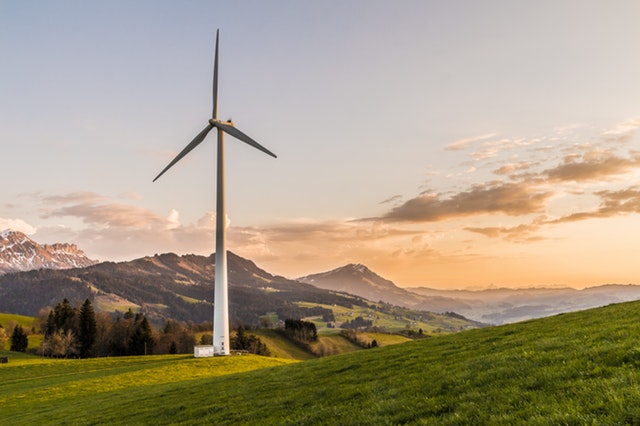The Sustainable Development Goals(SDGs) has been proposed at the United Nations Conference on Sustainable Development in Rio de Janeiro, 2012. The goal behind the conference was to find solutions to the economic, environmental and political challenges our world is facing. Here are the seventeen goals discussed in details:
Goal 1: The first goal targeted on eradicating poverty everywhere for all people (currently measured as people who are living on less than $1.25 a day) by 2030.
Goal 2: The second goal of the SDG is to end hunger and achieve food security and improved nutrition for all people, especially the poor and people in vulnerable situations, including infants while promoting sustainable agriculture by 2030.
Goal 3: The third goal is to ensure the health being for all at all ages. This included reductions in the maternal mortality rate ratio globally to less than 70 per 100,000 live births by 2030.
Goal 4: The third goal focuses on inclusive education for all by ensuring all girls and boys receive completely free, equitable and quality primary and secondary education by 2030.
Goal 5: Goal four of SDG focuses on achieving gender equality and ending discriminations against all women and girls everywhere.
Goal 6: The sixth goal is to ensure availability and sustainable management of affordable drinking water to all by 2030.

Goal 7: This focuses on access to affordable, sustainable, reliable and modern energy across the globe by 2030.
Goal 8: The goal eight promotes sustained, inclusive and sustainable economic growth in accordance with national circumstances and, at least 7% growth in the GDP in the countries that have been developed the least, especially.
Goal 9: Goal number nine of the SDG refers to the development of quality, reliable, sustainable and resilient infrastructure for all. This is to ensure economic development and human well-being including the effective practice of recycling which also includes e-waste recycling within commercials to undertaking large-scale recycling in big industrial plants.
Goal 10: The motive of this goal is to achieve and sustain income progress of the lowest 40 per cent of the population at a higher rate than the national average and thus reduce inequality within and among countries by 2030.
Goal 11: This goal is to ensure safe, resilient, sustainable and affordable housing and basic services to all humans and up-gradation of slums by 2030.
Goal 12: Goal twelve ensures sustainable consumption and production patterns by implementing the framework of programmes for production and consumption through sustainable methods, with developed countries in the lead and taking into account the growth and competences of developing countries. This includes every minimal effort required starting from effective document destruction within companies to optimal household consumption.
Goal 13: The thirteenth goal requires taking urgent action to combat climate changes and the impact it has on the environment by strengthening resilience and adaptive capacity to climate-related threats
Goal 14: The goal fourteen of the Sustainable Development goals targets on preventing and reducing pollutions of all kinds in the oceans, seas and other marine resources from land-based activities, including nutrient pollution and marine debris.
Goal 15: Goal number fifteen ensures protection, restoration and promotion of sustainable use terrestrial and inland freshwater ecosystems, combat desertification; sustainably manage forests, and stop and reverse land degradation and biodiversity loss by 2020.
Goal 16: The sixteenth goal targets reductions of all kinds of violence and death rates related to them throughout the world by promoting peaceful societies for sustainable development and providing access to justice for all.
Goal 17: The seventeenth and the last goal of SDG’s is to implement and revitalize global partnership by strengthening domestic resource mobilization, including through worldwide support to countries in developing stages, to increase domestic capacity for tax and other profits collections.




